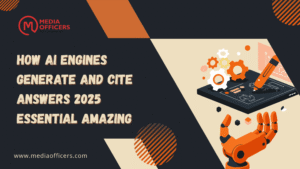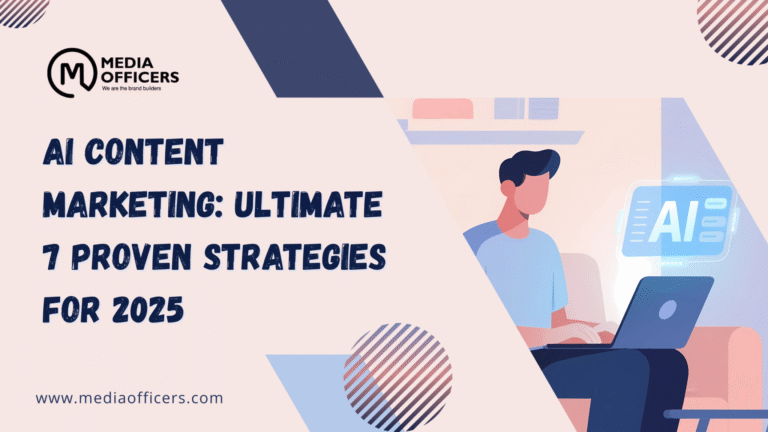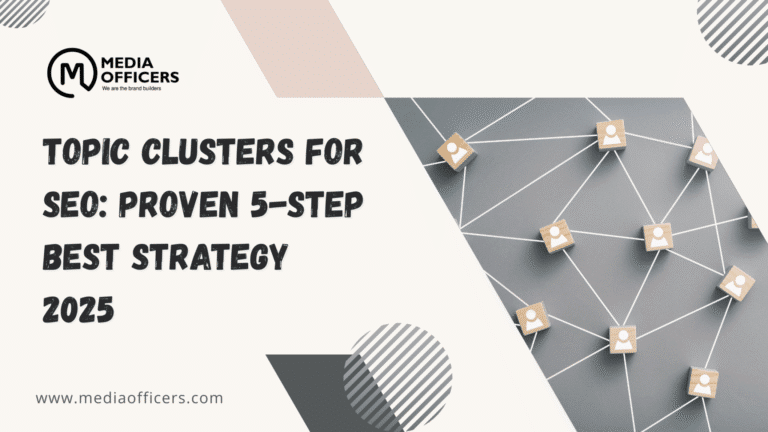In the era of AI, how AI engines generate and cite answers matters for editors, writers, PR pros, and content strategists. The landscape isn’t a single tool anymore; it’s a spectrum from model-native synthesis to retrieval-augmented generation. The choice of engine shapes recency, traceability, and how easily content can be attributed. For teams aiming to publish reliably, understanding these routes isn’t optional it’s essential to editorial hygiene and visibility.
Two architectural lanes: model-native synthesis vs retrieval-augmented generation
Generative AI engines operate along two core paths. In model-native synthesis, the answer is generated from patterns learned during training text corpora, books, licensed data, and human feedback. It’s fast and often elegant, but it can hallucinate, presenting confident statements that aren’t grounded in live sources.
In retrieval-augmented generation, the engine first searches a corpus or the web, pulls back relevant documents or snippets, then synthesizes an answer grounded in those retrieved items. This approach improves traceability and makes citation a core feature, at the cost of some speed and complexity.
Different products sit at different points on this spectrum, which helps explain why some answers arrive with sources and links while others feel like confident, unlinked explanations. Writers who demand verifiability will naturally prefer systems with transparent sourcing, while researchers may lean on model-native tools for quick drafting.
Platform profiles: how major AI engines generate and cite information
The following profiles summarize how each platform approaches information retrieval, data sources, live web usage, and citation visibility. They’re not a binary ranking; they’re a map of workflows you can adapt to editorial needs.
ChatGPT (OpenAI): model-native with optional live-web plugins
ChatGPT’s family of models is trained on vast text datasets public web text, books, licensed material, and human feedback so the baseline behavior is model-native synthesis. By default, ChatGPT answers from its training data and does not continuously crawl the web. This makes it fast and coherent but sometimes detached from current events.
When enabled, live web browsing and plugins let the model call web searches, databases, or calculators. In those modes, the system can behave like a RAG engine and return answers grounded in current web content. Citations appear depending on the integration, and in many consumer experiences, inline links aren’t shown unless a feature is turned on.
Perplexity: live web retrieval with explicit citations
Perplexity positions itself as an answer engine that actively searches the web in real time. It defaults to a retrieval-first workflow: query → live search → synthesize → cite. This makes its responses well-suited for research briefs, competitive intel, and fact-checking tasks where evidence matters.
Because Perplexity returns sources visibly, writers can verify each claim against the linked materials before publishing. It’s a practical ally for editors who want to ground content in traceable evidence. However, the exact set of sources and the ranking heuristics it uses may differ from one session to another, so cross-checking remains important.
Google Gemini: multimodal reasoning tightly integrated with Search
Gemini represents Google’s latest wave of multimodal LLMs designed to handle language, reasoning, and diverse inputs (text, images, audio). Google has folded generative capabilities into Search and its Knowledge Graph, so Gemini-powered experiences often sit alongside traditional search results. This integration blurs the line between an AI overview and a classic search result.
Live web access is common, and Gemini typically surfaces source links to indexed pages. For publishers, this creates two realities: your content could be referenced in AI-generated overviews, but readers might find the original source through the AI’s cited links without clicking through to your site. Clear, machine-readable facts and well-structured headings help maintain editorial control.
Claude (Anthropic): safety-first models with selective web access
Anthropic’s Claude models are designed around safety and helpfulness, with a focus on robust reasoning and contextual tasks. Recent Claude iterations emphasize speed and reliability, and web search capabilities have been rolled out to support live information needs.
Claude can operate in model-native or retrieval-augmented modes depending on the query. Privacy and training reuse policies have evolved, so content producers should review current settings to understand whether conversations might be used to improve the model and adjust enterprise deployments accordingly.
DeepSeek: a newer player with region-specific optimization
DeepSeek and similar upstarts offer LLMs trained on large data sets, often tuned for particular hardware stacks or languages. Their deployments vary widely: some use pure model-native inference; others layer retrieval on top of internal or external corpora. Because DeepSeek is newer, integrations and language coverage can differ by region and product tier.
For content creators, this means you may see differences in language quality, citation behavior, and regional emphasis. It’s worth testing DeepSeek variants against your chosen domain and audience to understand how well it aligns with editorial standards and local search expectations.
Practical differences that matter to writers and editors
Four factors consistently influence editorial outcomes when using AI engines to draft, source, or fact-check content:
- Recency: Live-web-enabled engines (Perplexity, Gemini with search, Claude with search) surface fresher information. Model-native systems like ChatGPT without browsing depend on training data that may lag behind current events.
- Traceability and verification: Retrieval-first engines display citations, enabling quick source checks. Model-native systems often produce fluent text without explicit references, requiring manual fact-checking.
- Attribution and visibility: Some interfaces show inline citations or source lists; others reveal nothing unless users enable plugins. This affects how easily your content can be traced and linked from AI-driven content platforms.
- Privacy and training reuse: Providers differ in how user data is handled and whether conversations feed back into training. For confidential or proprietary content, enterprise deployments with clear governance are essential.
Applying these differences in your editorial workflow
To maximize quality and minimize risk, align the engine to the task, then anchor AI work with human expertise. Here are practical steps for teams building AI-assisted workflows:
- Match the engine to the task: Use retrieval-enabled tools for research and citations; reserve model-native tools for drafting and stylistic refinement where speed is key.
- Institute strict citation hygiene: Require visible sources for any AI-influenced draft. Verify claims against primary sources before publication.
- Layer human review: Treat AI output as a starting point, not a finished product. Assign editors to fact-check, verify sources, and confirm accuracy with stakeholders.
- Guard privacy: When handling confidential information, prefer enterprise-grade deployments with clear data-use policies and opt-out options where available.
Understanding AI engines matters for visibility
Different AI engines take different routes from prompt to answer, and that matters for visibility and trust with human readers. Some systems summarize content with explicit citations; others generate fluent prose with no immediately visible sources. For search and marketing professionals, a robust strategy goes beyond originality or traditional E‑E‑A‑T. It requires ensuring that your ideas can be retrieved, cited, and explained both by humans and by machines.
Frequently Asked Questions
What is retrieval-augmented generation (RAG) and why does it matter?
Retrieval-augmented generation combines live data retrieval with generation. It helps ensure answers are grounded in cited sources, improving traceability and reducing hallucination crucial for editors and researchers who must verify every claim.
Do all AI engines show sources automatically?
No. Some engines display inline citations by design, while others provide no visible sources unless enabled by plugins, integrations, or enterprise configurations. This variability affects editorial workflows and the level of pre-publish verification required.
How should editors handle AI-assisted drafts?
Treat AI output as a draft and implement a human-review checklist: verify facts against primary sources, confirm citations, assess recency, and ensure branding and tone align with editorial standards. Always maintain a clear audit trail of sources.
What about privacy when using AI tools for confidential content?
Privacy policies vary by provider. Some platforms may use conversations to improve models unless you opt out or use enterprise-grade services with strict data governance. Prefer tools designed for teams with clear data-handling controls.
Conclusion
As explored, the question of how AI engines generate and cite answers isn’t static. It’s a spectrum, driven by model-native synthesis versus retrieval-augmented generation, and by how each platform integrates live data and source visibility. For writers, editors, and marketers, the practical takeaway is simple: match the engine to the task, demand visible citations, and couple AI drafts with rigorous human review. In a landscape where AI can summarize and synthesize at scale, editorial discipline remains the differentiator. By aligning workflow, citations, and privacy practices, you’ll ensure your content not only ranks well but also earns trust and authority with readers and search engines alike.





